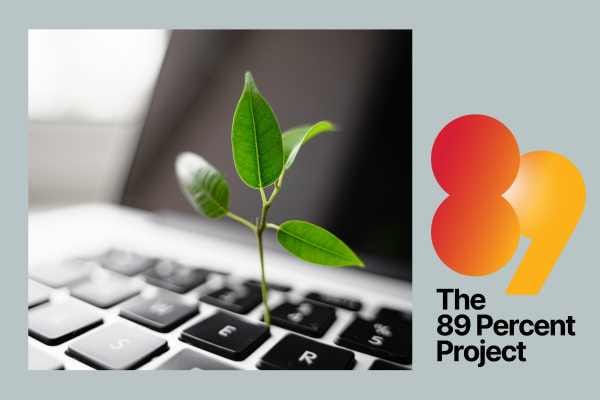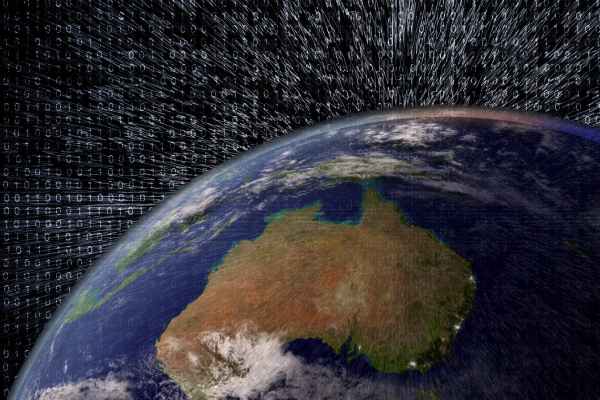This uni turned C02 into electricity
An early-stage nanogenerator can transform captured carbon into a source of power.

Researchers from Australia’s University of Queensland (UQ) have built a small, proof-of-concept generator that can absorb carbon dioxide (CO2) and generate electricity.
Unlike traditional carbon capture systems that simply trap the carbon to store or redeploy elsewhere, the UQ’s nanogenerator consumes the greenhouse gas rendering it carbon negative.
UQ researcher Dr Zhuyuan Wang (pictured) said the nanogenerator comprised two key components. The first is a polyamine gel already used by industry to absorb CO2, and the second is a boron nitrate ‘skeleton’ a few atoms thick that generates positive and negative ions.
"Until now CO2 has been seen as a problem to be solved but it can be a resource for the future"
Within nature, ion transportation is a more efficient energy conversion than the electron transportation used in the power network, Wang said.
“We’ve worked out how to make the positive ions much larger than the negative ions and because the different sizes move at different speeds, they generate a diffusion current which can be amplified into electricity to power light bulbs or any electronic device,” he added.
The two components were embedded in a hydrogel and tested in a sealed box pumped full of CO2, according to the researchers.
“When we saw electrical signals coming out, I was very excited but worried I’d made a mistake,” Dr Wang said. “I double-checked everything, and it was working correctly so I started dreaming about changing the world using this technology.”
Catching carbon
The researchers said they were currently able to harvest around one per cent of the total energy carried intrinsically by gas CO2 and will now work on improving efficiency and reducing cost.
They anticipate two potential applications for the nanogenerator: a portable device for powering a mobile phone or a laptop computer using CO2 from the atmosphere and a larger-scale generator to be integrated with industrial CO2 capture processes to harvest electricity.
Traditional carbon capture systems extract CO2 from industrial processes by trapping and injecting it into geological formations but have not yet proved themselves on a large scale because of their high setup and running costs, technological complexities and concerns over geological capacity in the future.
The researchers said development of the nanogenerator would continue through the ARC Centre of Excellence for Green Electrochemical Transformation of Carbon Dioxide led by UQ’s School of Chemical Engineering.
The director of the ARC Centre, Professor Xiwang Zhang, said: “Until now CO2 has been seen as a problem to be solved but it can be a resource for the future.”
The University of Queensland's nanagenerator takes a different approach to tradtional carbon capture by transforming C02 into a value stream. Its proof-of-concept is based on two key components: a polyamine gel and a boron nitrate ‘skeleton’. To test the concept the researchers embedded these components into a hydrogel comprising 90 per cent water and then cut into 4-centimetre discs and small rectangles. They then tested it in a sealed box pumped full of CO2 and observed an output of electrical signals.





